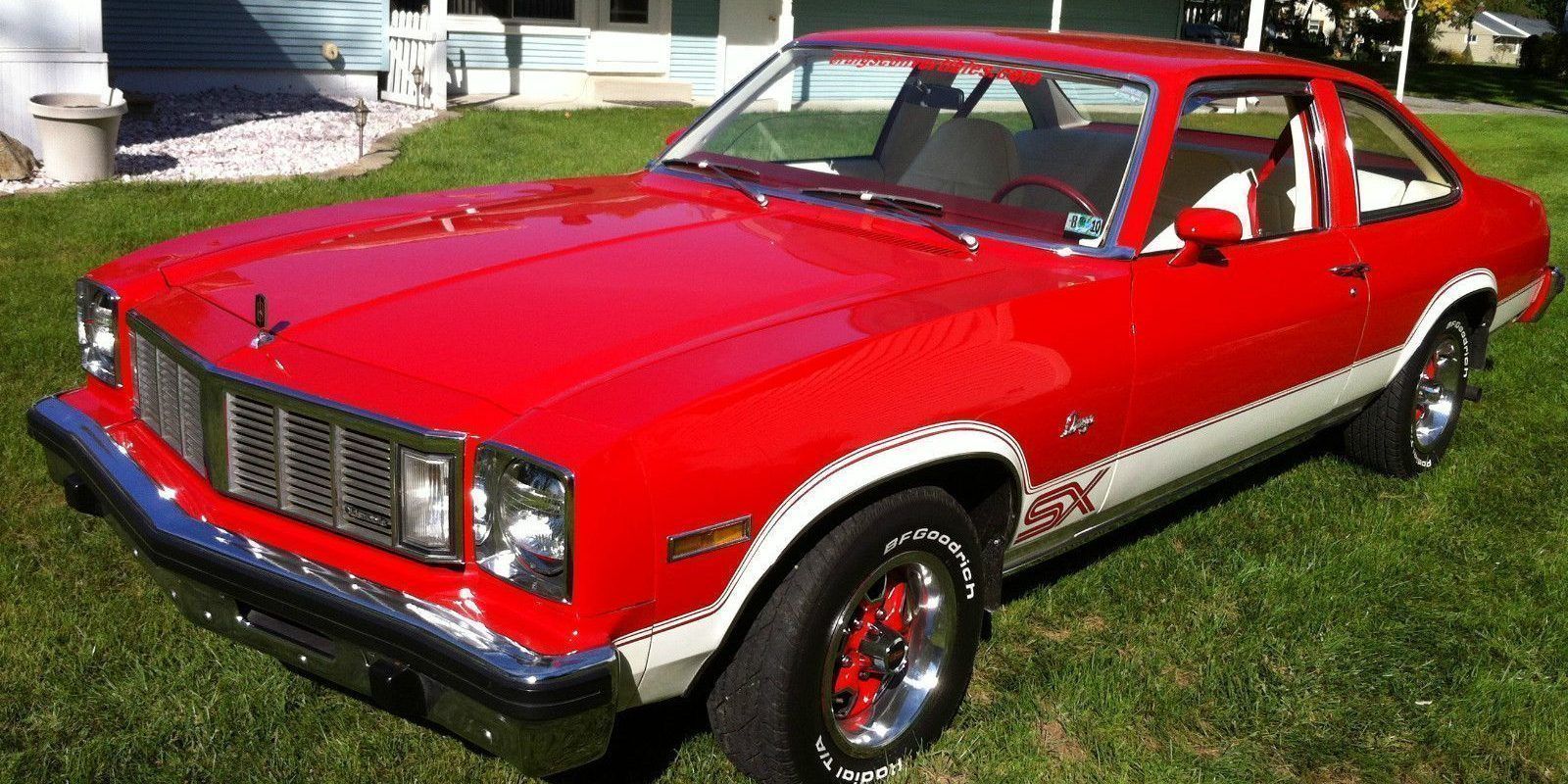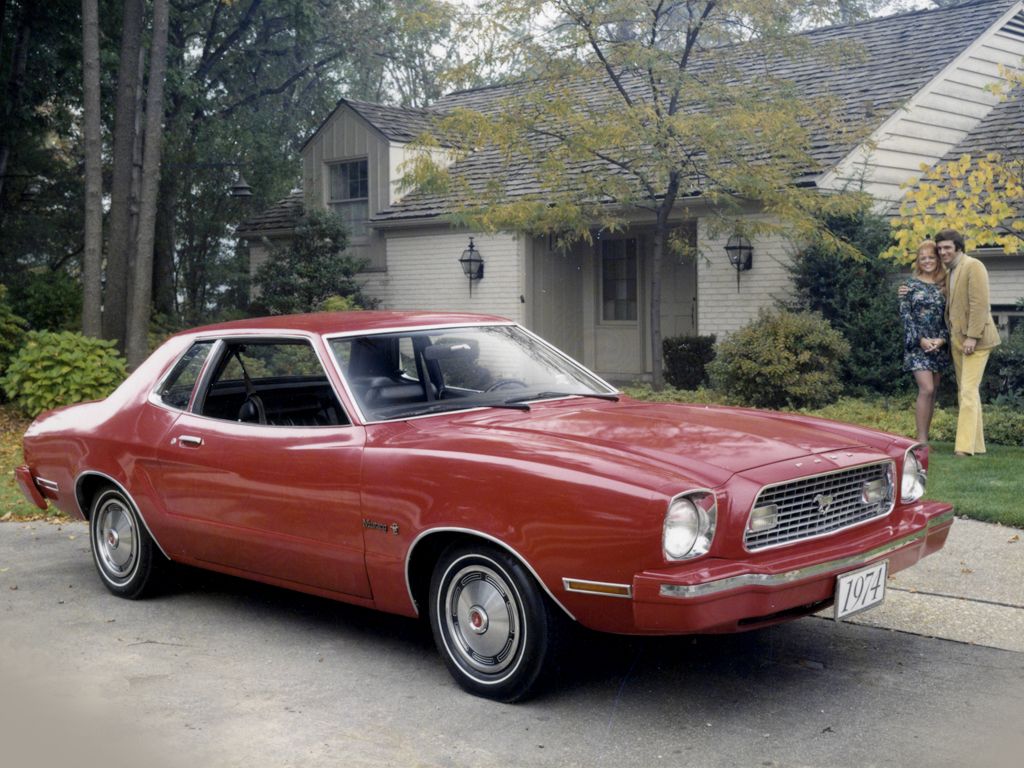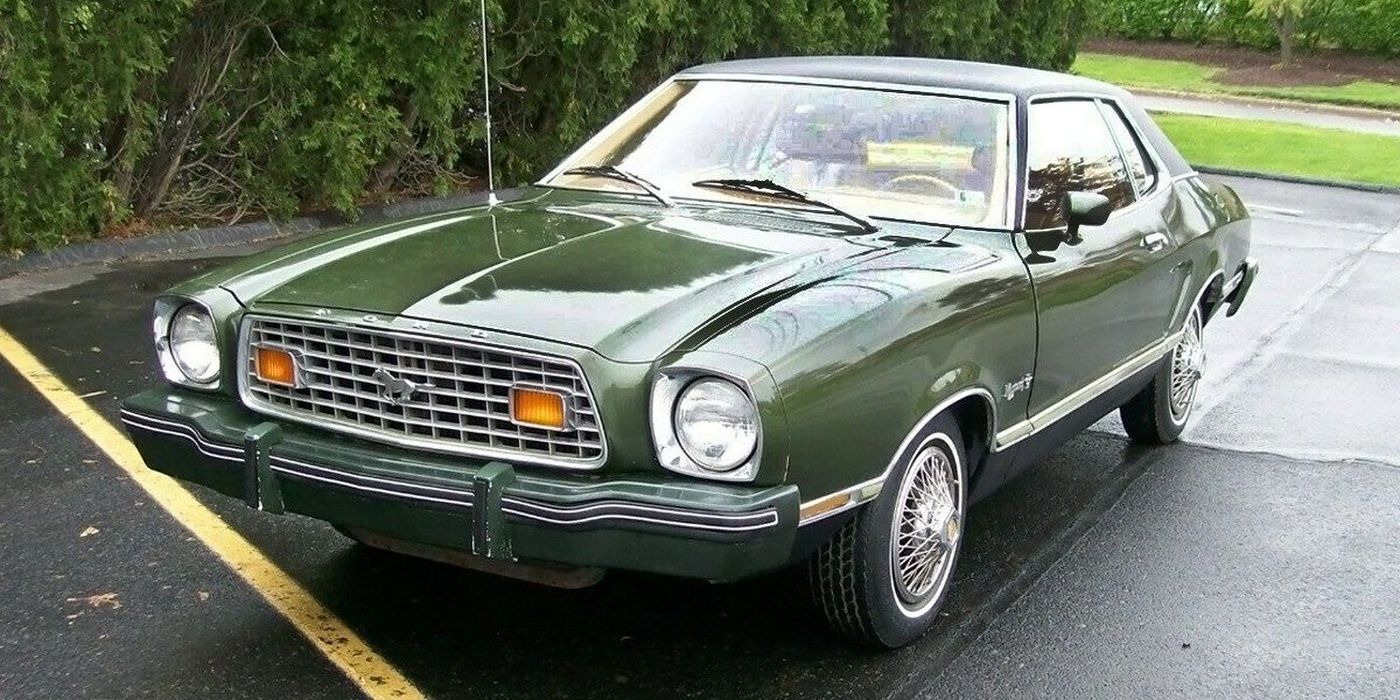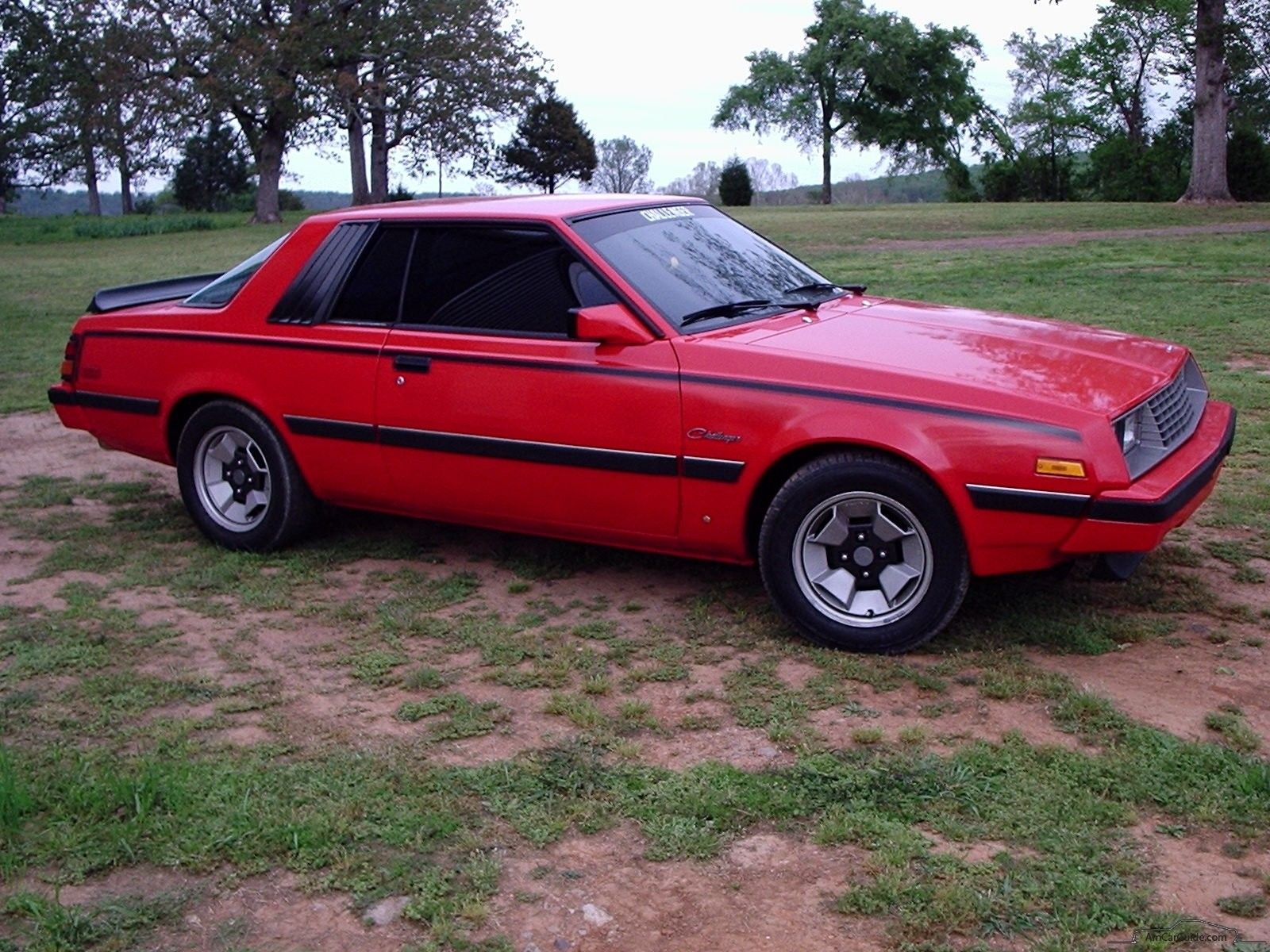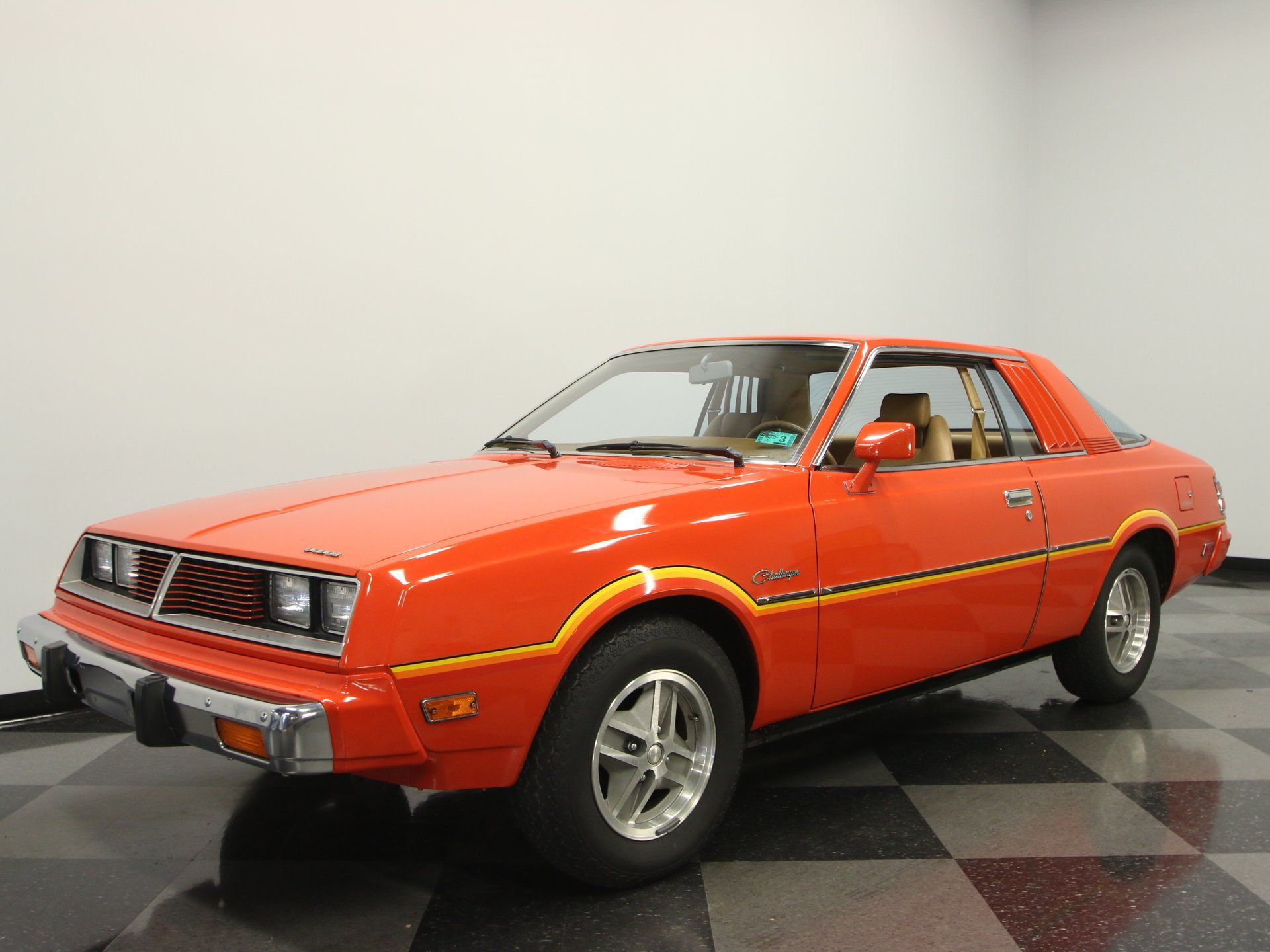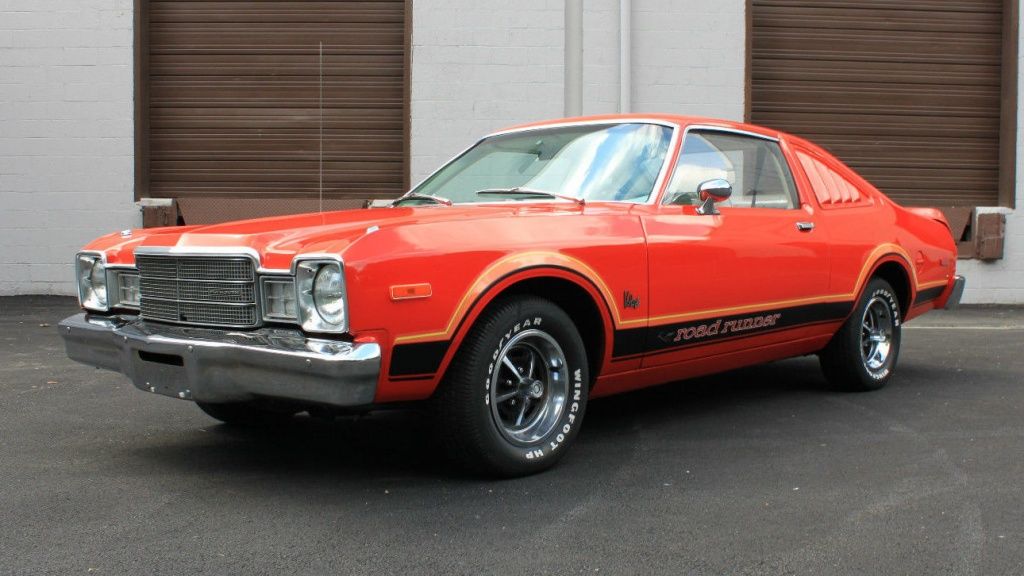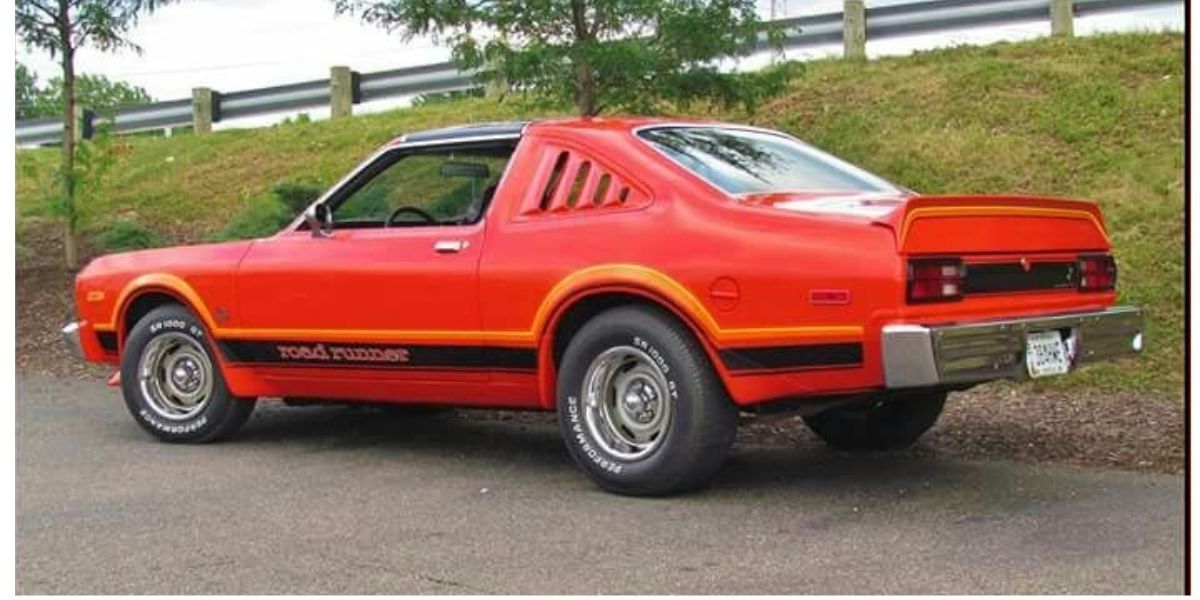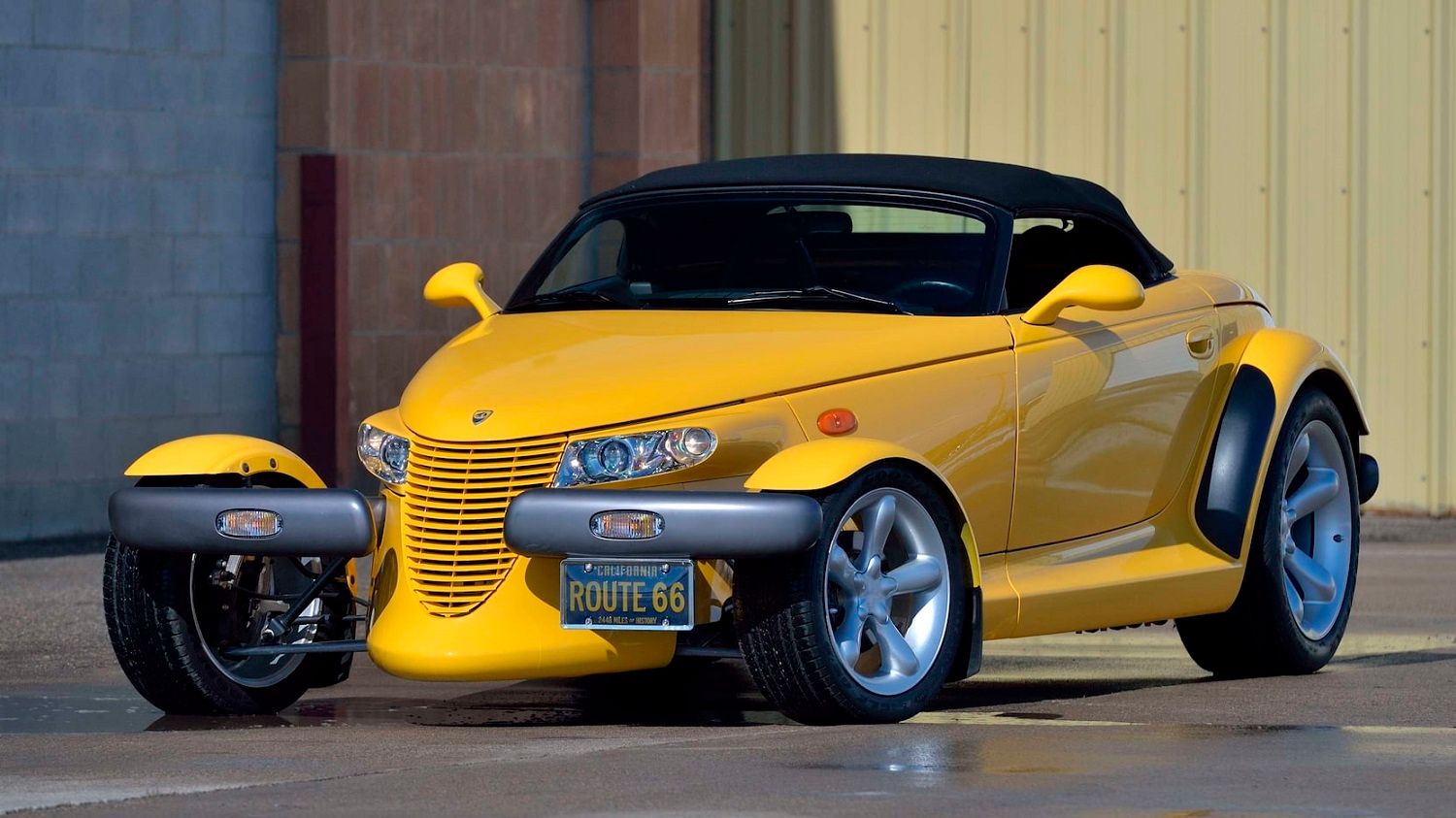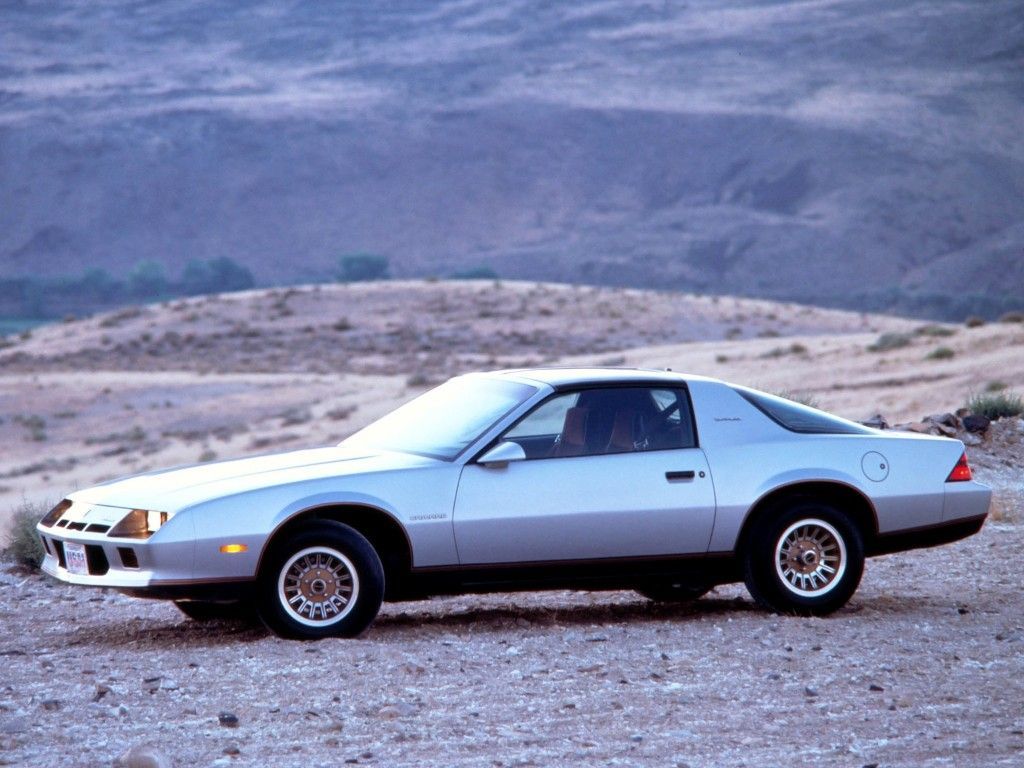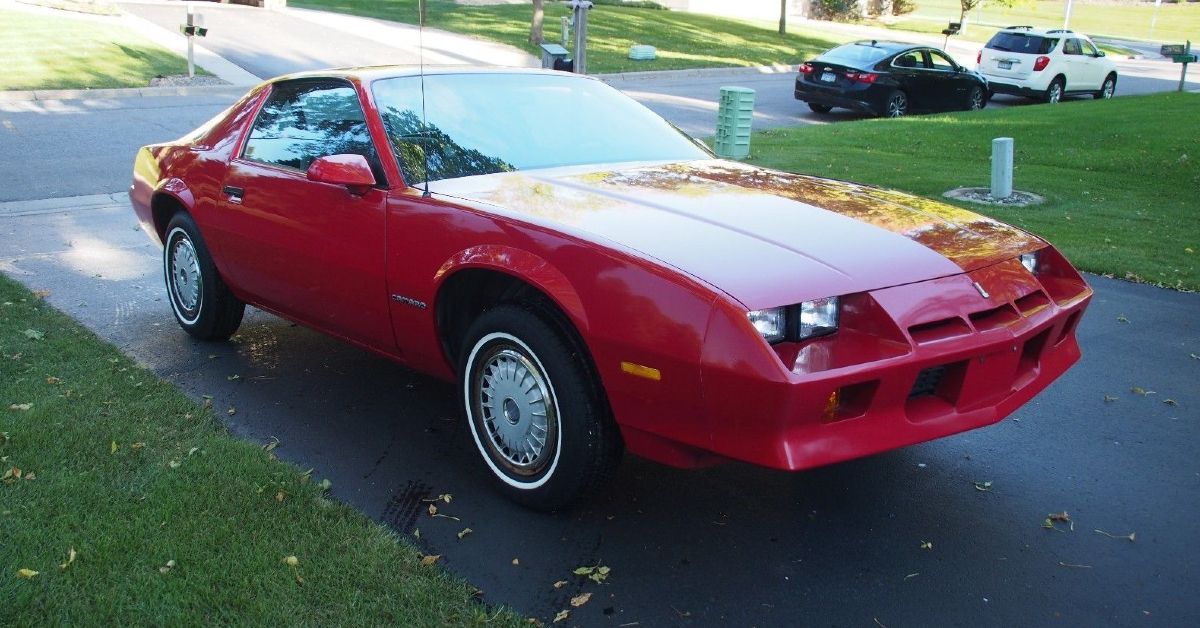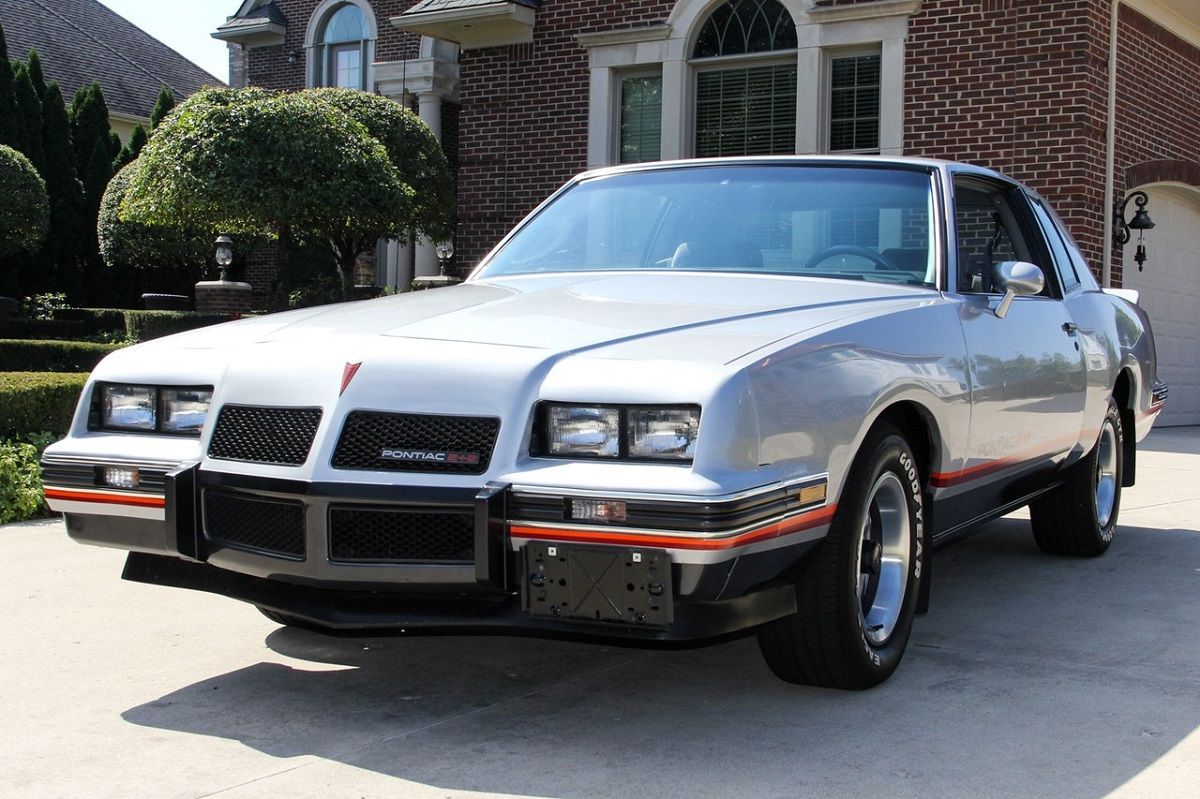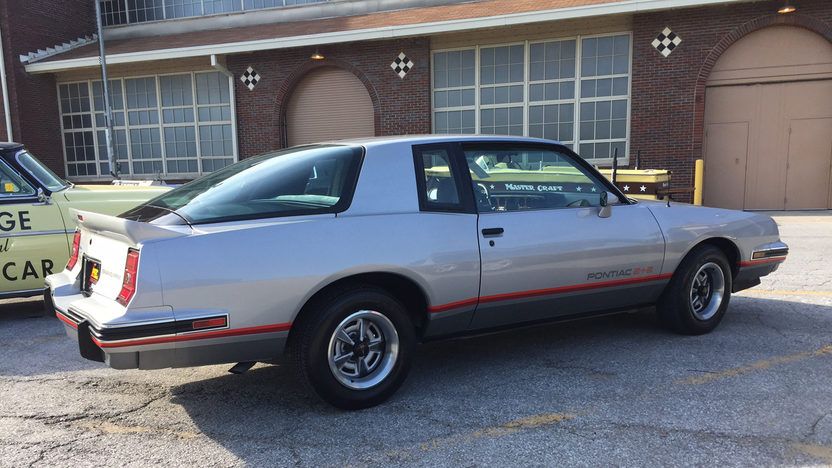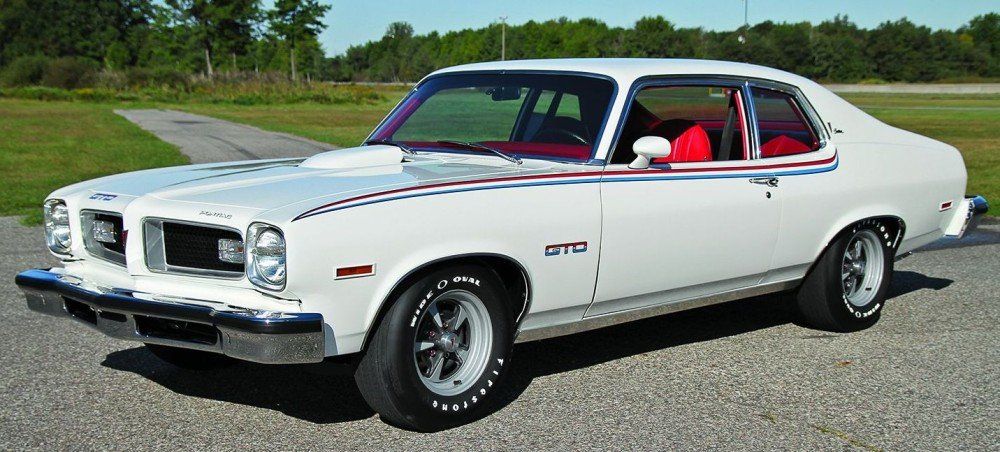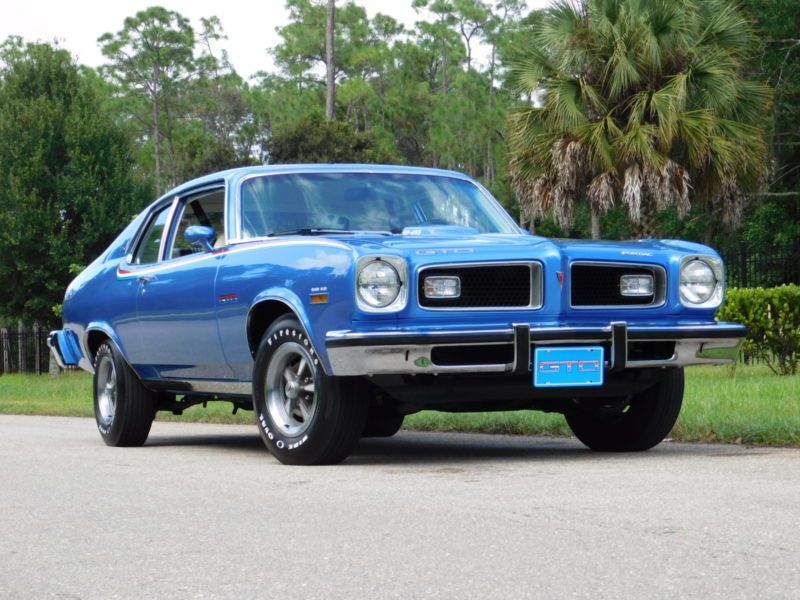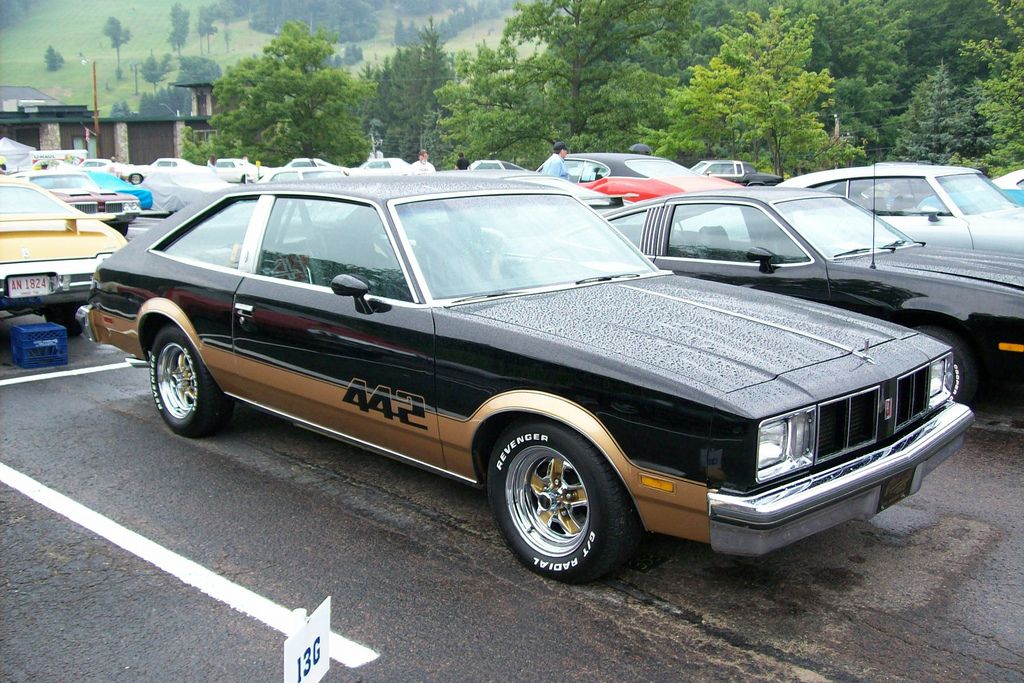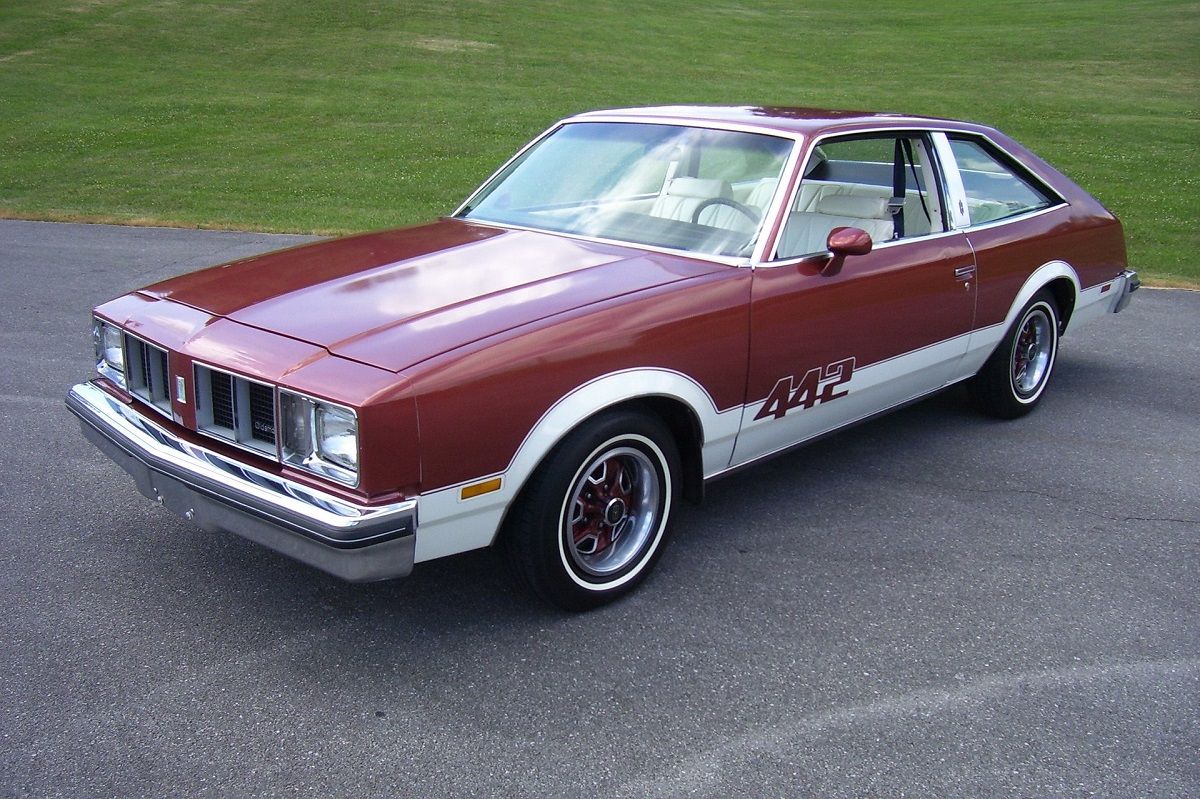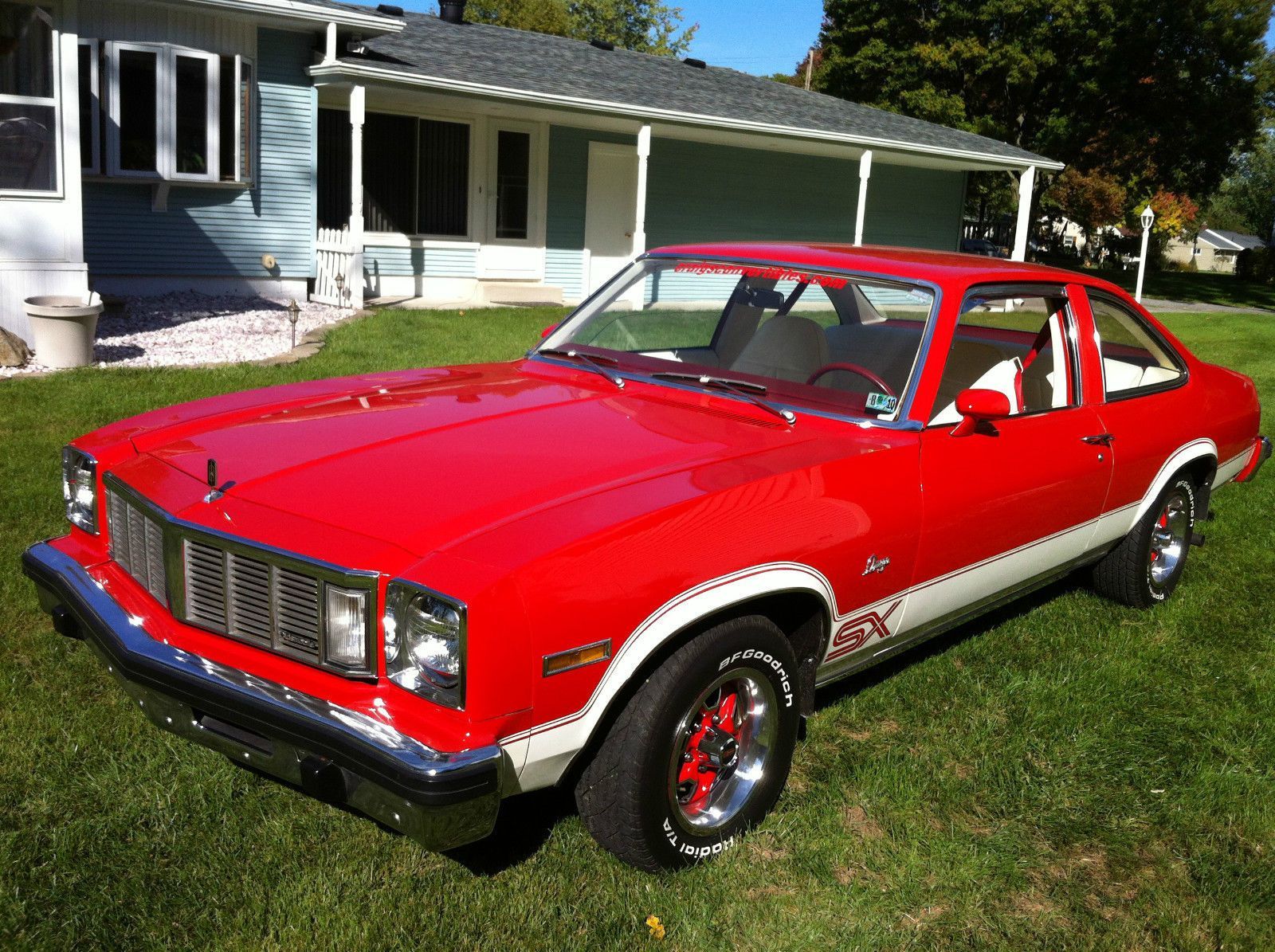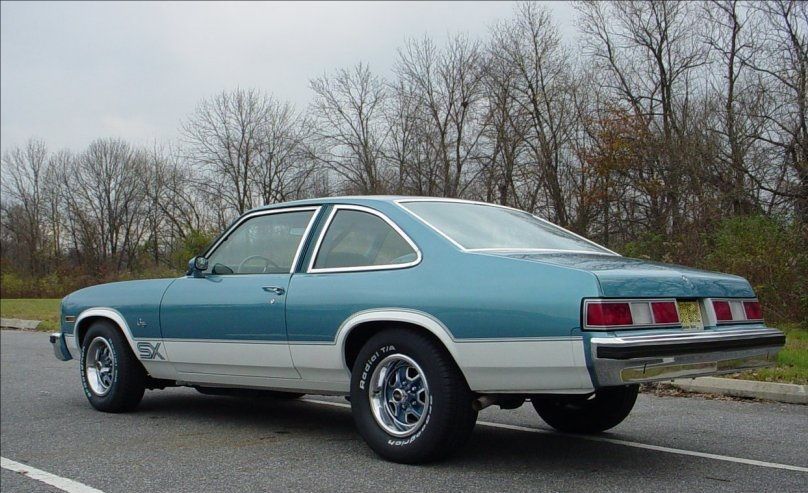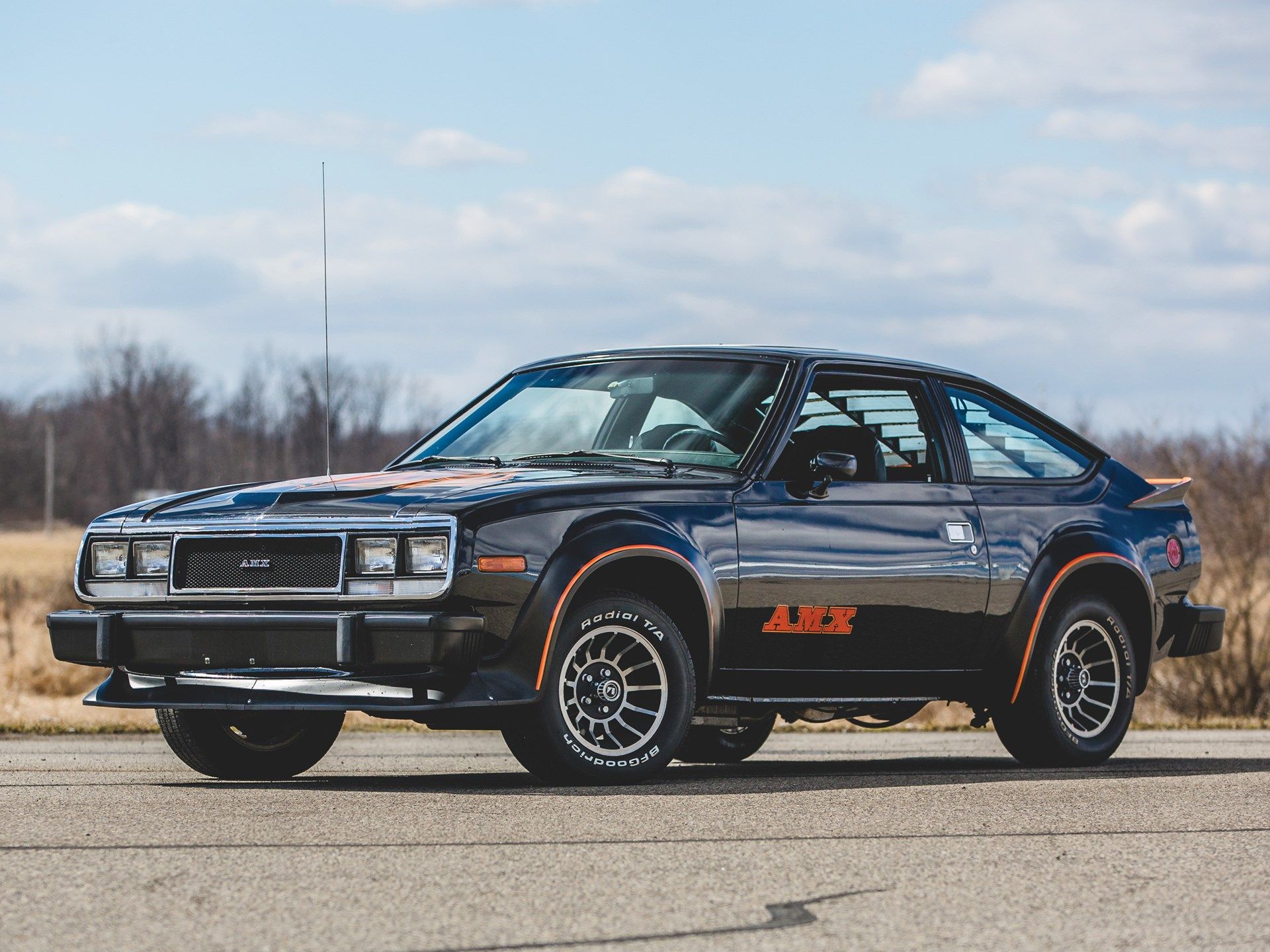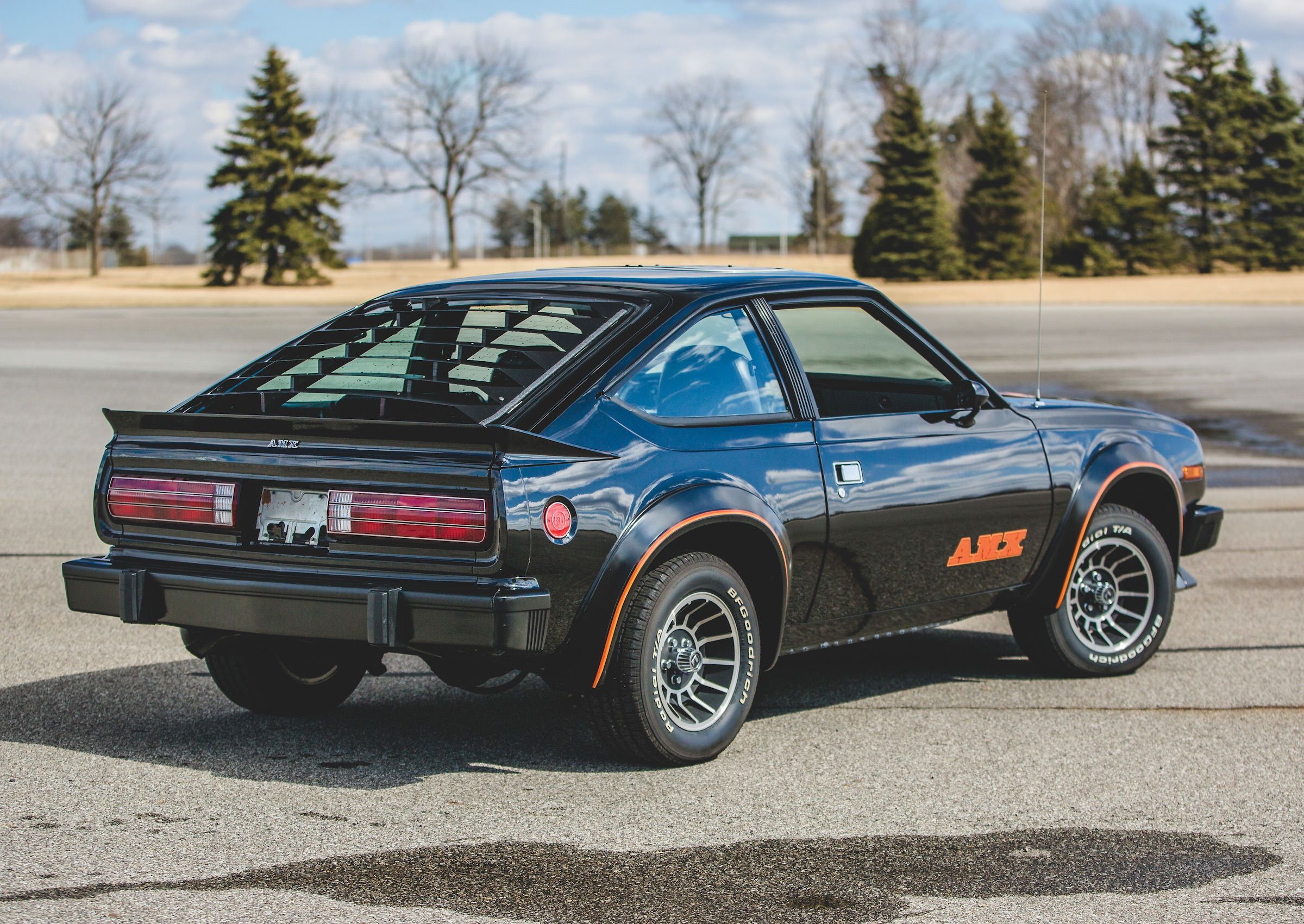When it comes to downright badass tire-shredding performance machines, nothing is better than a muscle car. With aggressive looks and monstrous, unhinged V8 power sent to the rear wheels, muscle cars are some of the most badass beasts the car industry has ever spawned, with legends like the Ford Mustang and Dodge Challenger remaining popular vehicles on sale to this day.
At least, they once were. While today high horsepower unrestrained muscle cars have made a comeback with models like the Dodge Challenger Hellcat, there once was a point where the death of this beloved genre of cars seemed inevitable. Sending the advancements of the '60s crashing down, the oil crisis killed off many of the most beloved muscle nameplates and was followed by new rules and regulations that made brutal V8 power all but impossible. With American automakers still trying to hold on to that awesome spirit, nameplates were butchered into a shell of their former self, disappointing those who came to expect the awesome traditional muscle car formula from them. So, read on, to see 10 of the most disappointing muscle cars in history.
10 1974 Ford Mustang II
When it comes to muscle cars that went down in history as serious disappointments, few cars can match the Mustang II when it comes to butchering a legendary nameplate.
In 1973, the Mustang had become much larger and heavier than its original '60s form, but it still was a proper muscle car with a badass design and V8 power. However, the oil crisis was right around the corner, and in 1974, the rather ugly, economy-oriented Mustang II came to life. Powered by either a V4 or V6 with a maximum of 105 hp, the Mustang II was far from being sporty or muscular, yet quickly became one of the highest-selling models in the Mustang's history thanks in part to its good fuel economy. For fans of actual muscle though, the Mustang II is among the most disappointing cars ever released.
9 1978 Dodge Challenger
Arguably among the worst examples of nameplate butchering the aftermath of the Oil Crisis saw, the 2nd generation Challenger got a similar treatment to the Mustang II, being neutered into a weak and cheap car that hardly stood for any muscle virtues.
At least with the Mustang II, Ford's intentions were always for the nameplate to represent a small and affordable, but sporty car. The Challenger, on the other hand, went from badass American muscle car royalty to a weak economy compact that bore a negligible resemblance to what the Challenger stood for. Introduced in 1970, the Challenger's first generation was an absolute V8 beast that had its life cut short by the Oil Crisis. For 1978, the 2nd generation came about as a re-badged Mitsubishi Galant, with just a couple of inline-4s on offer with up to 105 hp at the most.
8 1976 Plymouth Volare Road Runner
A legendary nameplate for '60s muscle, the Plymouth Road Runner introduced a new formula to the game - offering the best muscle without all the expensive trim that previously were necessary options to obtain said power.
Evolving through several awesome forms on Chrysler's B-Body platform, the legendary Road Runner name began to be butchered during the oil crisis, but still rode on the big bad B-Body. In '76, things got even worse, and the Road Runner name was now applied to a compact A-Body economy car, the Plymouth Volare, making less than 170 hp in its best form. The Road Runner nameplate was put to rest 4 years later in 1980.
7 1997 Plymouth Prowler
A legendary oddity of the late '90s, and one of Plymouth's last dying breaths, the Prowler was an awesome idea for a hot-rod revival. Sadly though, that idea was brought down by some unfortunate execution.
Based on Chip Foose's design thesis, the Prowler debuted in 1997 and sparked a wave of similar retro-revival designs like the PT Cruiser. Unfortunately, the muscular hot rod expectations were dashed by the Prowler only being offered with a V6 and automatic transmission; on top of that, an ugly plastic bumper arguably ruined the sharp front end design. Even more ugly plastic resides in the interior, along with parts-bin gauges from cheaper Mopar models. While the Prowler had many awesome unique points and is nowhere near as bad as the Malaise era muscle on this list, its missing of the proper V8 hot-rod mark was terribly disappointing.
6 1982 Chevrolet Camaro (Iron Duke)
Holding out alongside the Mustang through the Oil Crisis as the bigger muscle cars went extinct, the Camaro similarly lost a whole lot of its power in the '70s, but the worst was yet to come for Chevy's pony car.
Introduced in 1970, the 2nd generation Camaro remained on sale through the worst of the '70s. As the oil crisis hit, the Camaro dramatically bled power, getting only 185 hp from a 350 V8 by 1977, but at least it still looked badass. The 3rd generation Camaro that arrived for the 1982 model year though changed up the style for a cheaper and uglier looking body. That wasn’t even the worst part, as the 1982 Camaro in its base form came with the notoriously wimpy Iron Duke inline-4, making a hilariously low 90 hp.
5 1986 Pontiac Grand Prix 2+2
One of the least impressive race-bred homologation specials of all time, the Grand Prix 2+2 sounds impressive when talking about its origins, but otherwise is an ugly letdown.
Designed around an issue facing the G-body cars in NASCAR racing, both the Grand Prix and Chevy Monte Carlo faced aerodynamic instability thanks to their boxy designs. Re-designing the cars with aerodynamics in mind, the Chevy Monte Carlo Aerocoupe and Grand Prix 2+2 were released to the public as homologation specials in order to put the re-design into NASCAR competition, a similar concept to legends like the Plymouth Superbird. While a beast on the track, the version sold to the public wasn't, laying down a mediocre 165 hp with its choked down V8. Re-designed with a curvier rear end, and protruding front "beak," these changes indeed added aerodynamic efficiency but also had the effect of making the car horrendously ugly to look at.
4 1974 Pontiac GTO
An icon of '60s muscle, the Pontiac GTO helped kick off the muscle car war that spawned so many legendary models. But, by the '70s, muscle cars were dying, and the GTO like others on this list was on its last legs
Unbridled by heavy-handed regulations and restrictions, the GTOs of the '60s were powerful monsters, using pure brute force to throw down immense power. With the Oil Crisis bearing down on the car industry, and new stricter regulations coming up, the GTO like so many others became a disappointment before vanishing from the market. Using the compact Ventura as a base, Pontiac decided to make the GTO's final year that of an affordable and basic car. With a 200 hp V8, the '74 GTO had some muscle but was a far cry from even the '73 model, which at least had 250 hp and traditional intermediate size.
3 1978 Oldsmobile Cutlass 442
The legendary 442 at one point was among the best GM muscle you could get, stunning with great power, and a properly nice interior. Like most of the muscle car scene though, the 442 was neutered with the Oil Crisis, and survived by focusing on economy virtues.
Created as an answer to Pontiac's GTO, the Oldsmobile 442 hit the scene in 1964, with "442" indicating that the car had a 4-barrel carburetor, a 4-speed transmission (later meaning 400 cubic inch engine), and 2 exhaust tips. Capable of laying down up to 390 hp at best, the original 442 was a monster of the classic muscle world. Downsized like other '70s disappointments, the 1978 Cutlass 442 rode on the cheap compact A-Body platform, and at best could produce 160 hp with a choked down V8. A far cry from what it previously stood for, the '78 442 is among the worst a beloved muscle nameplate was butchered.
2 1976 Oldsmobile Omega SX
A sad excuse for a muscle car, the Oldsmobile Omega, like the other economy compact based vehicles on this list, was a muscle car in marketing and flashiness only.
Developed as a cheap X-Body economy car, the Omega was slow and rather awful, but offered a "Sports Pack" as an option that would supposedly turn it into a muscle car. Optioning a Sports Pack Omega with bucket seats as well as sport gauges and wheels got you the "SX" package for free, which included bits like Rallye suspension, "sport mirrors," and a sportier steering wheel, but at best could be had with an optional 155 hp V8. Very few people fell for this pitiful econo-muscle car, and it was discontinued a few years later.
1 1979 AMC Spirit AMX
Progressively losing any respect it once had, the AMX nameplate at one point was a genuine threat to legendary nameplates from the Big Three. By '79, the AMX became this cool-looking, but horrible performing hatchback.
Originally used for a unique muscle car, then a performance trim of the Javelin, the AMX nameplate was once AMC's greatest performance badge. Like the others on this list though, the AMX's proper performance form was killed off in the mid-'70s, then used as a trim package on economy cars - most notably the Spirit. Replacing the notoriously cheap and ugly Gremlin, the AMC Spirit improved the looks but was still a cheap and slow economy compact. Making just 125 hp from a 304 cu-in V8, the Spirit AMX was Introduced in 1979 and stayed on sale until 1983 being not much more than a Gremlin with a new body, and some flashy flair.

